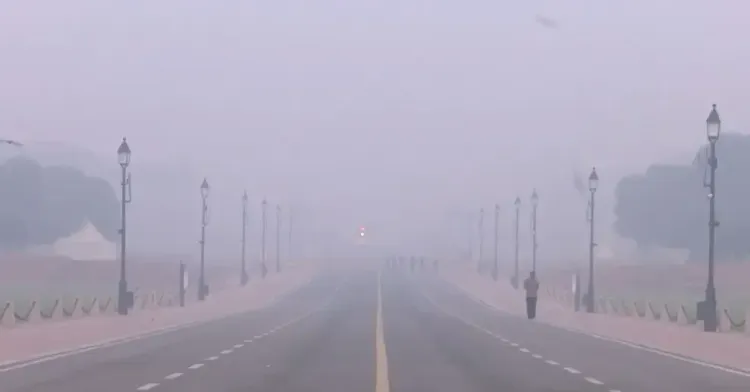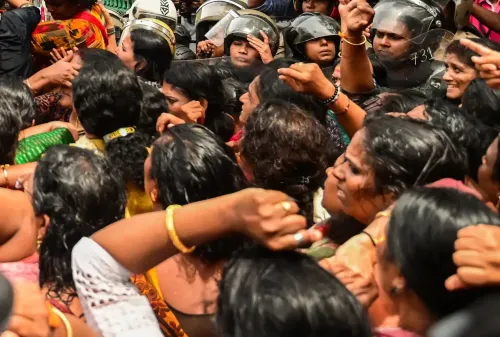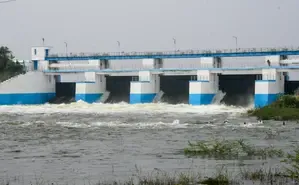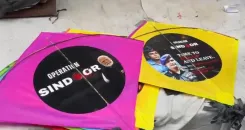How Has Diwali Affected Delhi-NCR's Air Quality?

Synopsis
Key Takeaways
- The AQI in Delhi-NCR reached 400, categorized as 'very poor'.
- Several areas recorded AQI levels in the 'severe' range.
- Despite regulations, firecracker use has contributed to increased pollution.
- The CAQM has implemented measures to combat worsening air quality.
- Public awareness is crucial for improving air quality in the region.
New Delhi, Oct 21 (NationPress) The overall Air Quality Index (AQI) in Delhi-NCR has plunged into the 'very poor' zone, hitting 400 this Tuesday morning, just a day after the Diwali celebrations, as reported by the Central Pollution Control Board (CPCB).
While the cumulative AQI was recorded at 347, numerous localities showed readings in the 'severe' category.
According to CPCB specifications, an AQI ranging from 0 to 50 is considered 'good', 51 to 100 is 'satisfactory', 101 to 200 is 'moderate', 201 to 300 is 'poor', 301 to 400 is 'very poor', and levels between 401 to 500 are classified as 'severe'.
Various regions in Delhi reported alarming AQI figures: Narela (354), Najafgarh (334), Mundka (357), Mandir Marg (325), Major Dhyan Chand National Stadium (358), Lodhi Road (334), Jawaharlal Nehru Stadium (317), Jahangirpuri (404), ITO (345), Dilshad Garden (346), Dwarka Sector 8 (333), Mathura Road (341), Bawana (418), and Anand Vihar (352), as indicated by data from the SAMEER app developed by the CPCB.
In Noida, the air quality also deteriorated significantly, entering the 'very poor' category. AQI readings per sector included Sector 125 (326), Sector 62 (307), Sector 1 (322), and Sector 116 (340).
Residents across the Delhi-NCR region awoke to hazardous air on Monday morning, with pollution levels escalating following the extensive use of firecrackers on Diwali eve. On Diwali morning at 8 a.m., Delhi recorded an AQI of 335, reflecting a serious drop in air quality.
Gurugram also faced poor air conditions, with an overall AQI reading of 338, while specific areas like Gwal Pahari (347), Sector 51 (346), and Vikas Sadan (320) showed similar trends.
Despite a firecracker ban in Delhi since 2020 to tackle winter pollution, the Supreme Court permitted the use of green crackers from October 18 to 20, limited to specific time slots — 6 a.m. to 7 a.m. and 8 p.m. to 10 p.m. However, these regulations were largely disregarded, with firecrackers being set off far beyond the approved hours.
In light of the worsening air quality, the Commission for Air Quality Management (CAQM) in Delhi-NCR activated Stage-II of the Graded Response Action Plan (GRAP), designed to mitigate pollution levels and protect public health.









